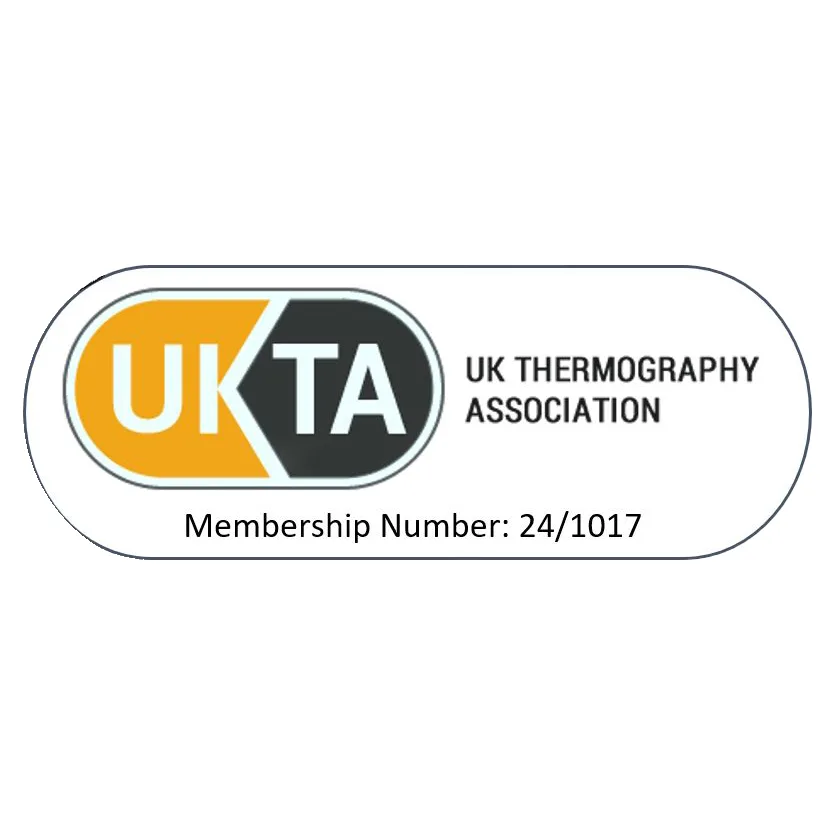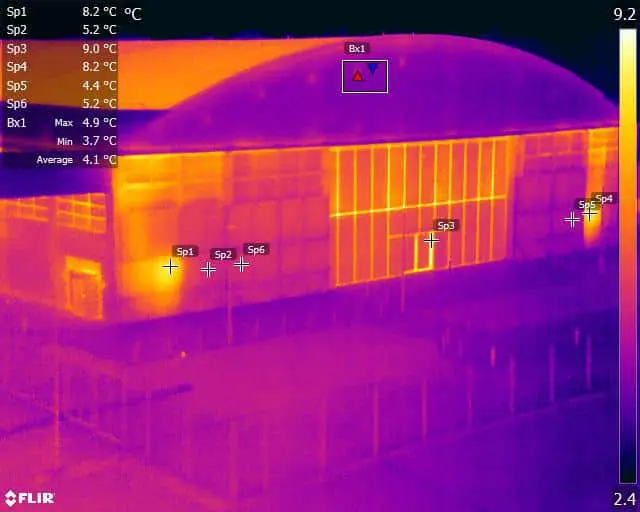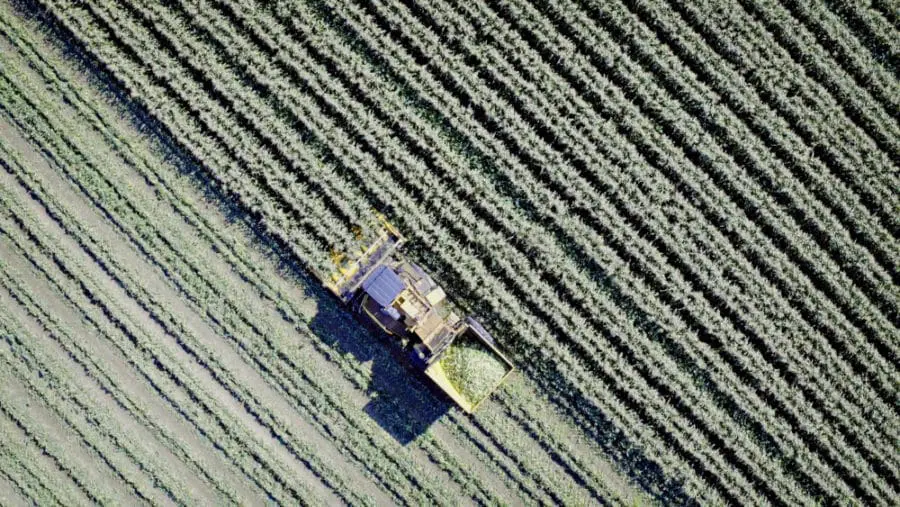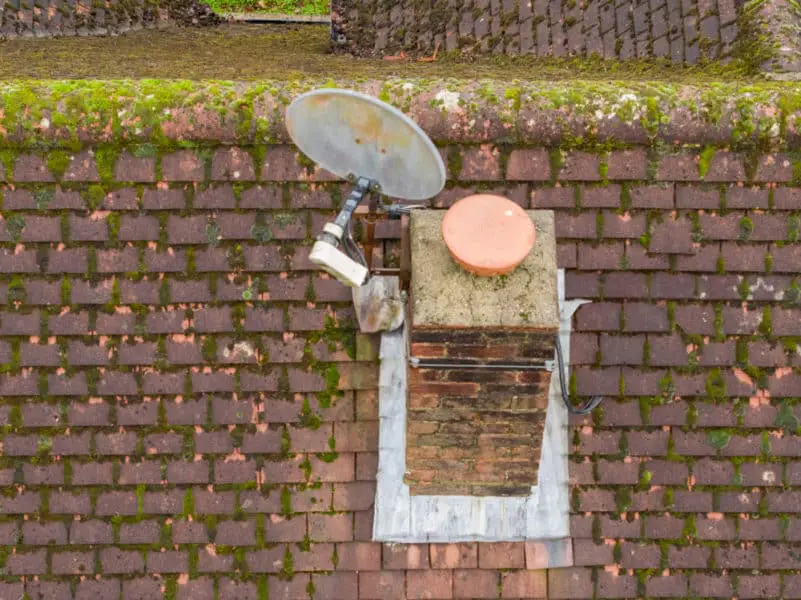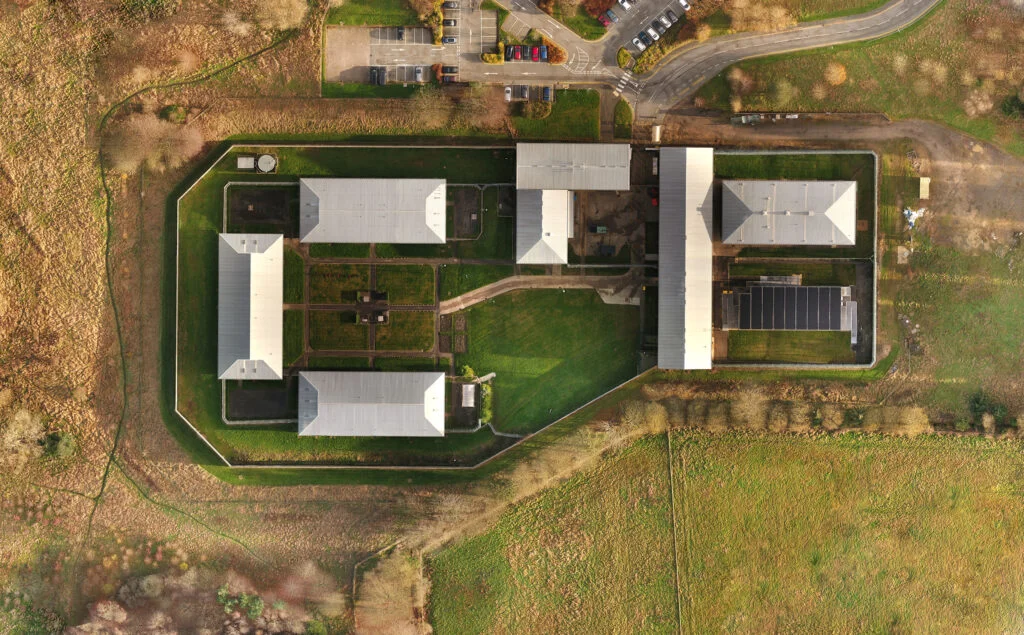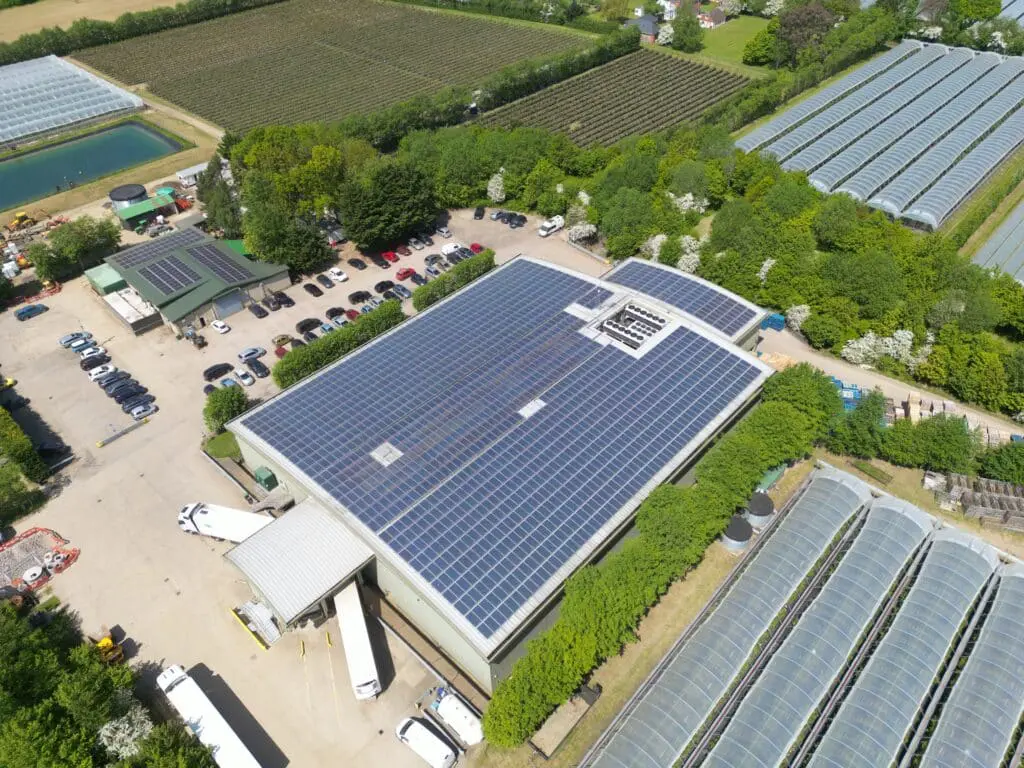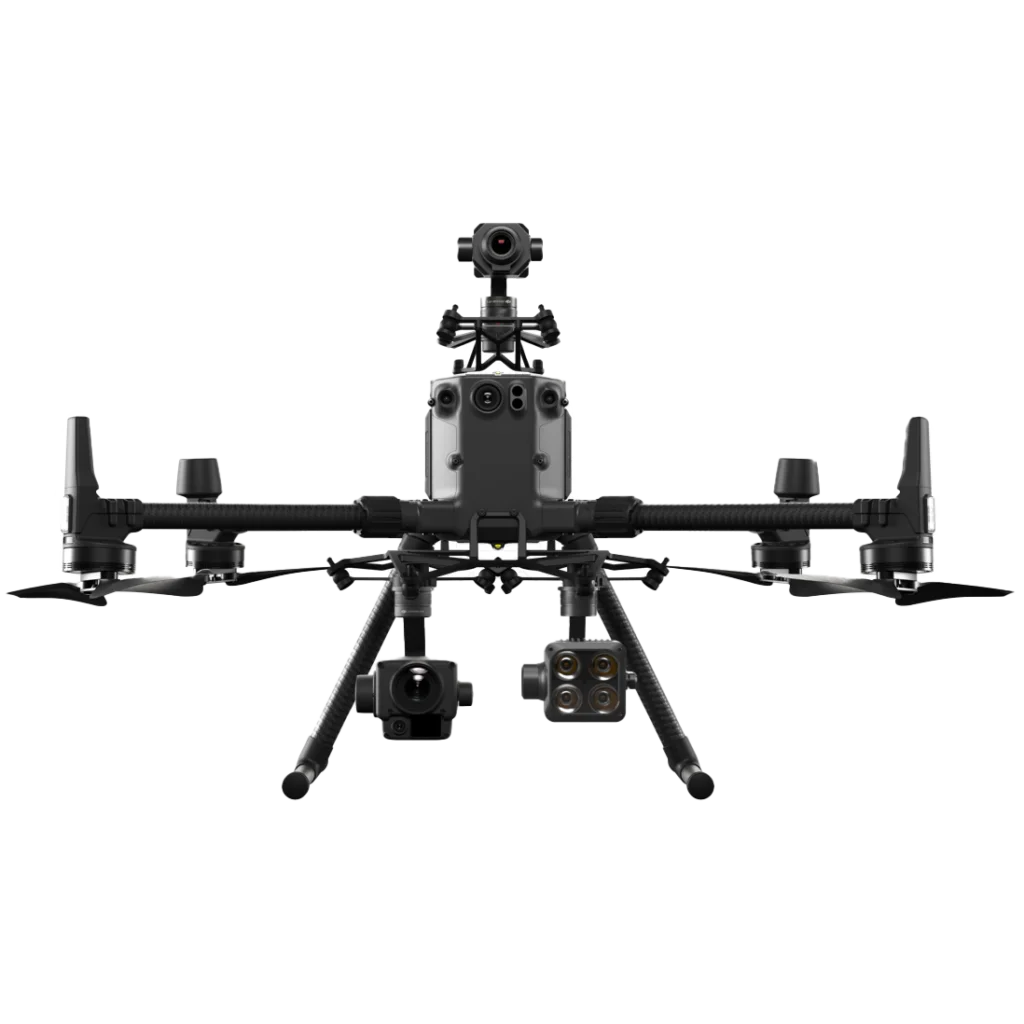Drone Enquiry / Quotation Form
If you would like a quotation/estimate for your image needs, please complete the form on this page so that we can fully consider what you would like us to do and so that we can provide you with either an accurate quotation or an estimate of the cost/price involved.


